BETTER TOUCH BETTER BUSINESS
Contact Sales at Yier Textile .
"Textile" means "spinning" and "weaving", but this is a narrow definition inherited from history, because the ancient productive forces were backward, and they were basically family workshops, spinning and weaving by themselves.
The broad definition of "modern textile" includes spinning, weaving, dyeing, printing, embroidery and finishing, in which finishing includes coating, film pasting, bronzing, calendering, embossing and compounding.
1. Yarn classification
Natural fibers: fibers extracted directly from natural plant or animal tissues, such as cotton, kapok, hemp, flax, ramie, sisal, coconut shell, wool, rabbit hair, mohair, alpaca hair, mulberry silk, tussah silk …

Chemical fiber (chemical fiber): it is a fiber made of natural or synthetic polymers by chemical methods and mechanical processing.
Regenerated fiber: that is, the fiber spun after dissolving cellulose in natural plants, such as viscose fiber, acetate fiber, Lycel, modal, cuprammonia fiber, soybean fiber, corn fiber …

Synthetic fiber: natural low molecular compounds such as coal, petroleum and some agricultural and sideline products are used as raw materials, which are made into monomers, then chemically polymerized or condensed into polymers, and then made into textile fibers.

2. Common indicators
① Metric number (Nm) (fixed weight system)
Metric count refers to the length of 1g fiber or yarn in meters at a given moisture regain, and the unit is the metric count. The larger the value, the finer the yarn. Metric count is mainly used in wool spinning and fancy yarn.
② imperial count (Ne/S) (fixed weight system)
English count refers to the multiple of 840 yards per pound of yarn when the moisture regain is specified. The British count system is fixed weight, so the larger the count, the finer the yarn.
③ Denier (D) (fixed length system)
The denier refers to the conditioned weight grams of a 9000m-long fiber or yarn, and the unit is denier. Commonly used in chemical fiber and silk. The larger the value, the thicker the fiber or yarn is.
④ Tex (fixed length system)
Tex refers to the weight grams of 1000-meter-long fiber or yarn at a specified moisture regain. The greater the Tex value, the thicker the fiber or yarn.
Unit conversion:
Conversion between tex and metric number (n);
tex×N=1000
Conversion between tex and denier (d);
D=9tex
Conversion between tex and English count (s cotton yarn);
tex×S=K
(K value: pure cotton yarn K=583.1, pure chemical fiber K=590.5, polyester cotton yarn K=587.6, cotton viscose yarn (75: 25) K = 584.8, Uygur cotton yarn (50: 50) K = 587.0).
Conversion between denier (d) and imperial number (s);
D×S=5315
Conversion between denier (d) and metric number (n);
D×N=9000
3. Weave
① Weaving flow chart of woven fabric:
Warping➩Sizing➩Parallel axis➩Reel-in➩Debug machine➩Weave by machine➩Grey cloth inspection
(The yarns of some high tech fabrics need to be twisted. Before weaving, the yarns should be twisted on the double twisting machine.)
② Weaving flow chart of knitted fabric:
A. Warp knitting:
Warping➩Sizing➩Shangsha➩Debug machine➩Weaving (warp knitting machine)➩Grey cloth inspection
B. Weft knitting:
Inverted wool (or turned yarn)➩Shangsha➩Debug machine➩Weaving (circular or flat knitting machine)➩Grey cloth inspection
4. The common machinery and equipment of weaving factory:
①Warping machine: It is a device used for winding coils of yarn neatly onto a big drum.
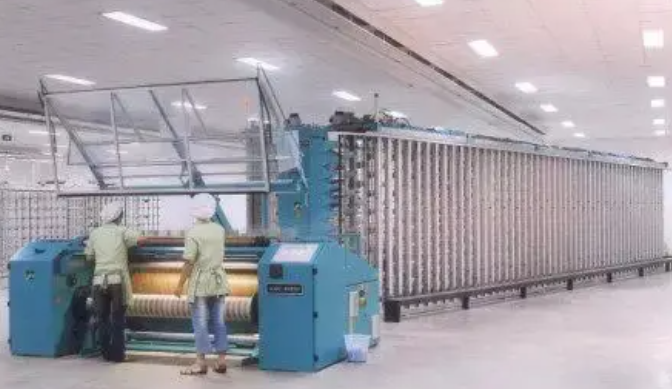
②Sizing machine: it is used to size the whole yarn to prevent the yarn from being worn during weaving.
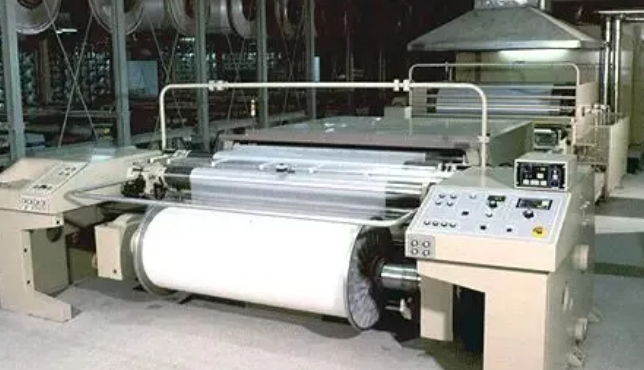
③Doubling machine: it is used to combine the yarns on several packages into one package to achieve the required number of warp yarns.
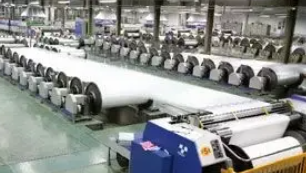
④ Double twisting machine: a machine for twisting yarns. If it is twisted clockwise, it is called "S" twisting, and counterclockwise is called "Z" twisting.

⑤ Rapier loom: A loom that uses a reciprocating rapier fork to draw weft yarn into the shed. The rapier loom has a low output and its advantage is that it can be used to weave ultra-wide cloth, multi-color or thick weft cloth.
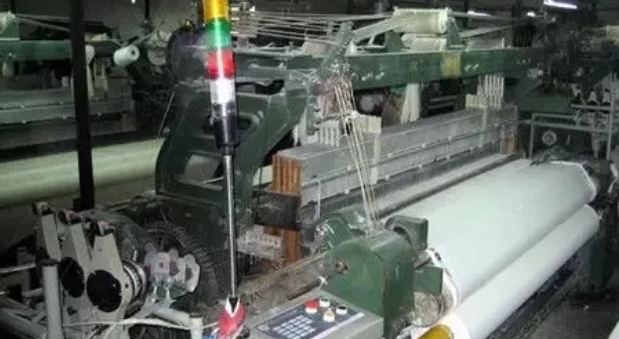
⑥ Water-jet loom: A shuttleless loom that draws weft yarn through the shed by spraying water column, with fast rotating speed and high output.
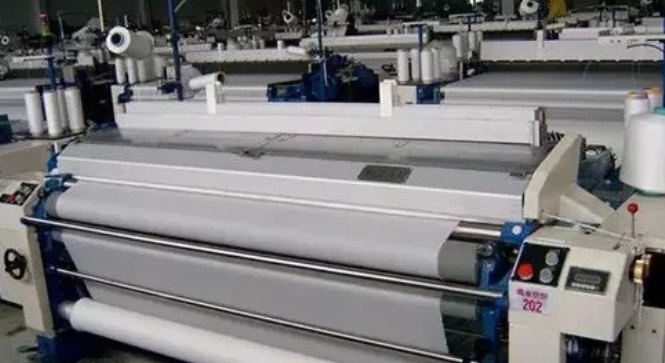
⑦ Air-jet loom: A shuttleless loom that draws weft yarn through the shed by injecting air flow, which has higher rotating speed and better flatness than water-jet loom, but the weaving cost is also high.
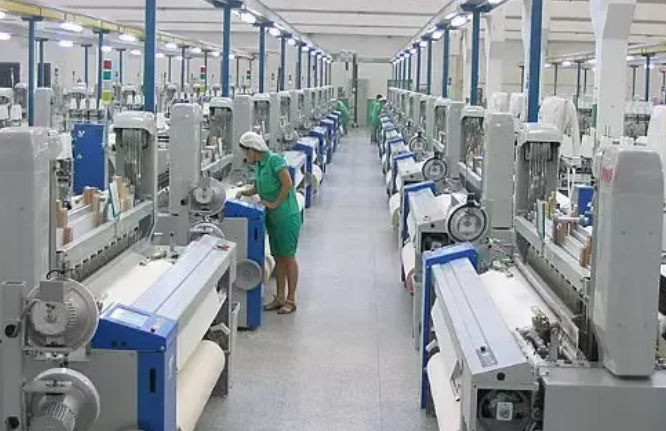
⑧ Warp knitting machine: a knitting machine used to weave warp knitted fabrics.
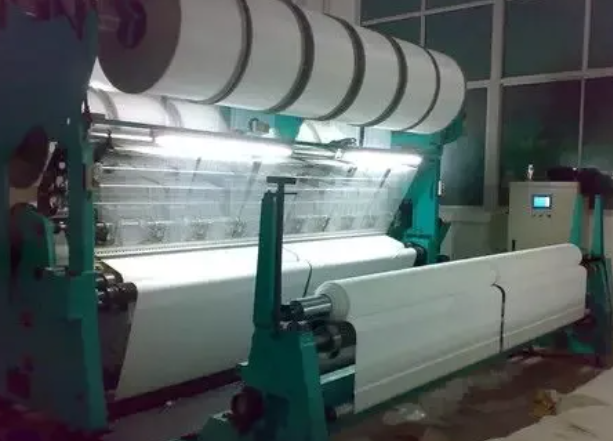
⑨Pet-name ruby circular knitting machine: a circular knitting machine used for weaving weft-knitted fabrics.
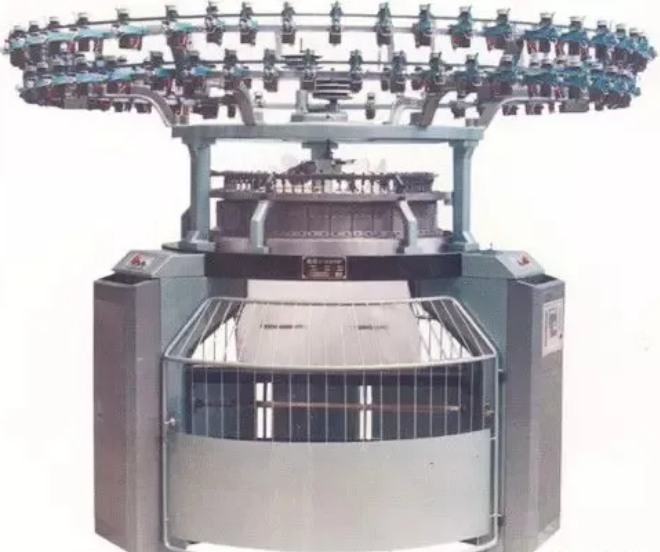
⑩ Flat weft knitting machine: a long machine used to weave weft-knitted fabrics.
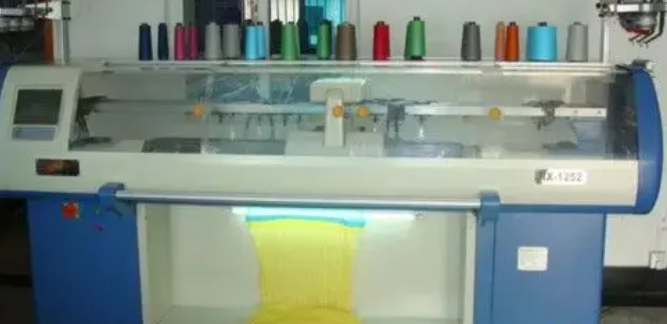
Finally, March 8 Women's Day is coming. Tongxiang Yier Textile Co., Ltd. wishes all female compatriots a happy holiday!
International Working Women's Day (IWD), also known as "International Women's Day", "March 8th Festival" and "March 8th Women's Day", is a festival set up on March 8th every year to celebrate women's important contributions and great achievements in economic, political and social fields. The main representatives are clara zetkin, He Xiangning, Jin Xueshu and so on.
Copyright © 2023 Tongxiang Yier Textile Co., Ltd. | All Rights Reserved